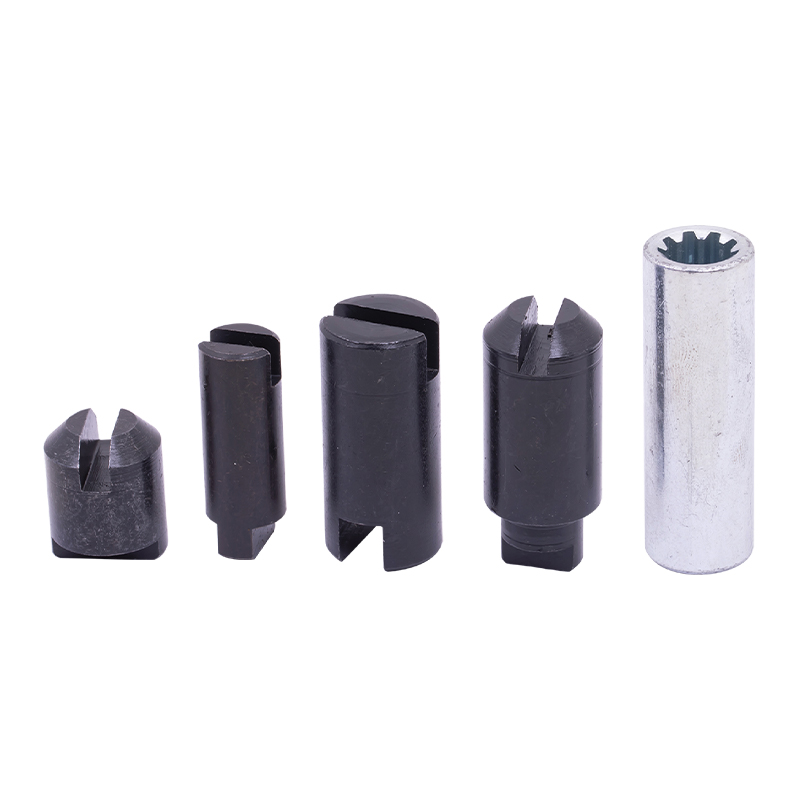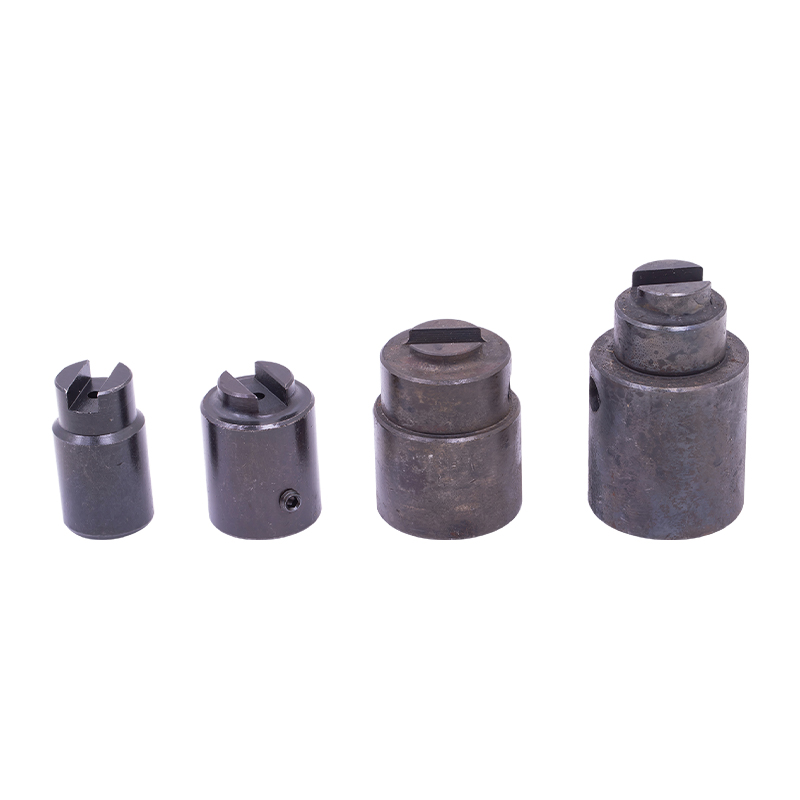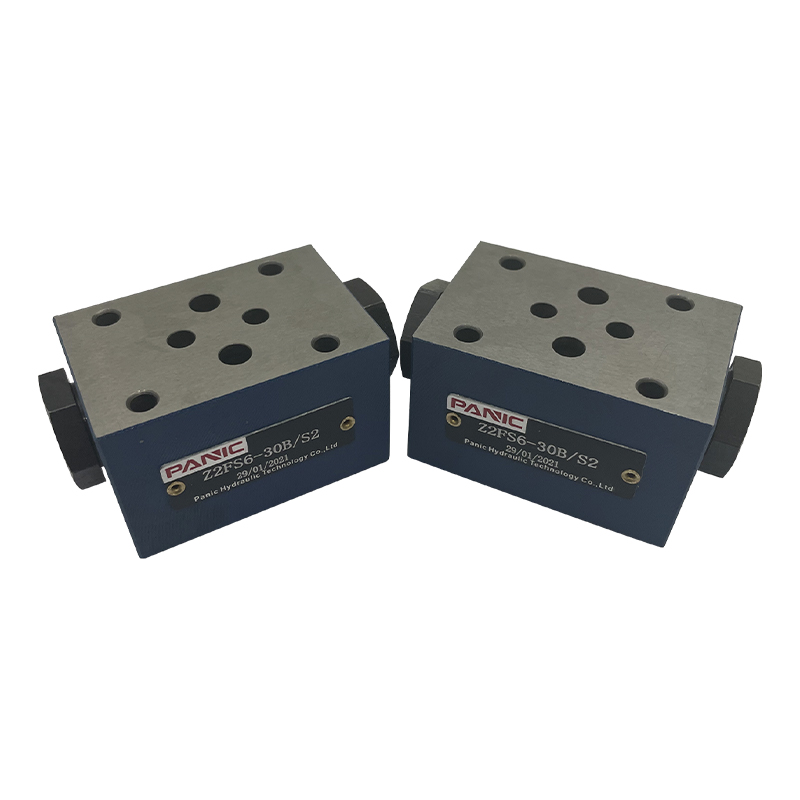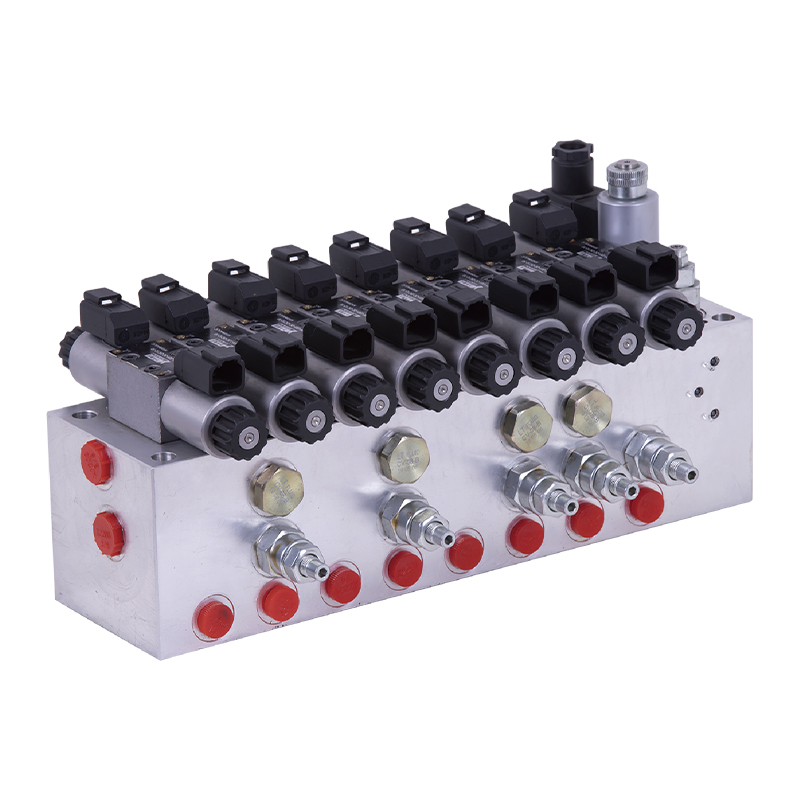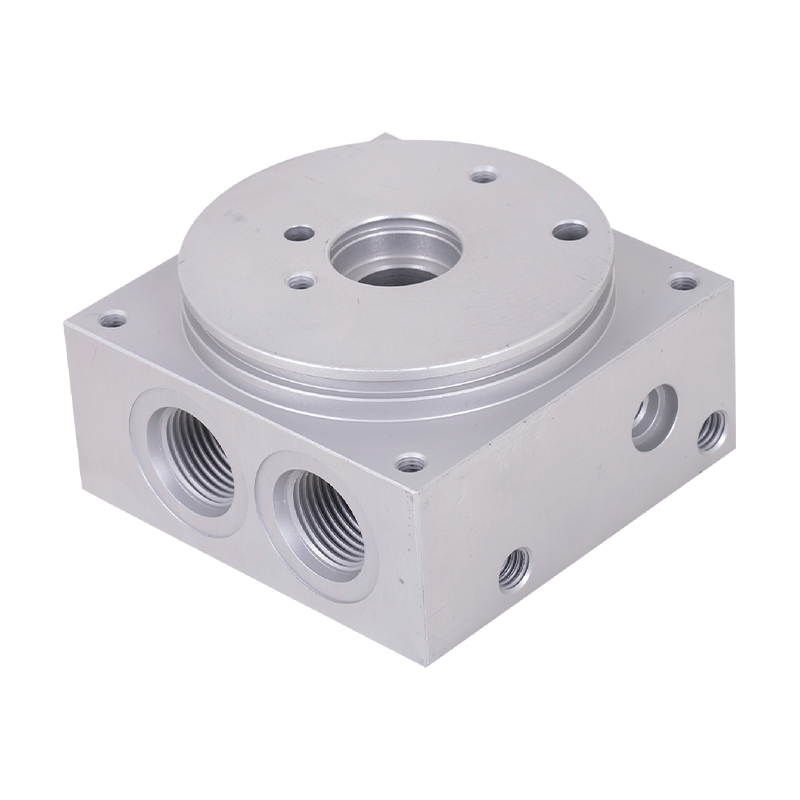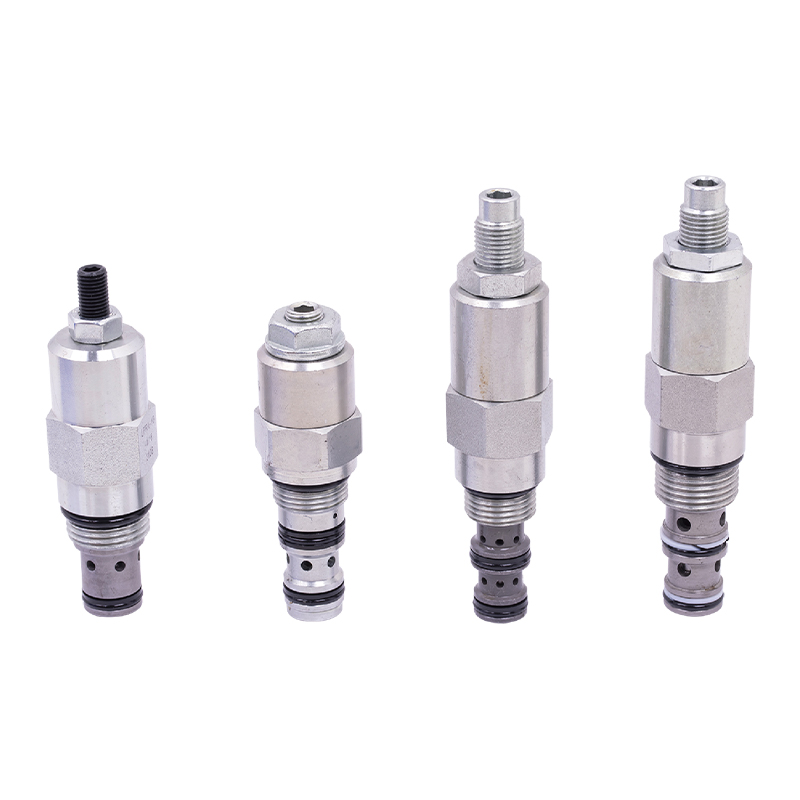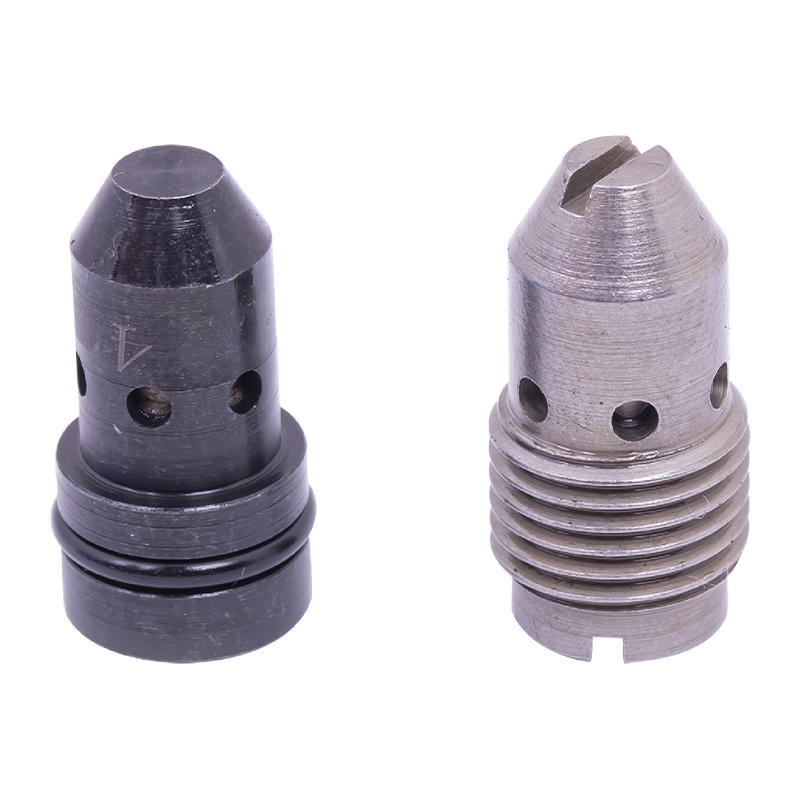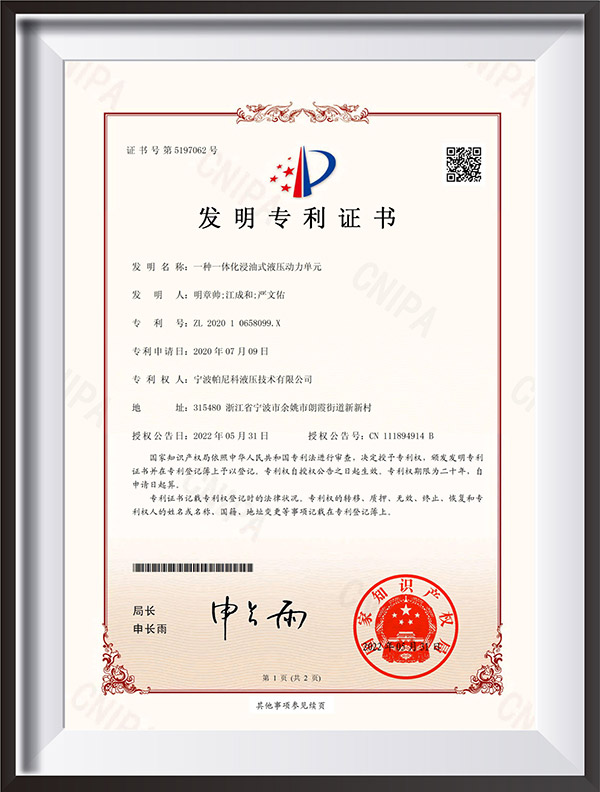The rigid coupling is a key component in mechanical transmission that connects two shafts, rotates synchronously and transmits torque. It is composed of rigid parts, has no elastic or movable parts, and transmits torque by the shear strength and friction of the connecting parts to synchronize the two shafts.
CORE ADVANTAGES
Strong torque transmission: all-metal rigid structure, can transmit ultra-large torque, zero power delay, efficiency of nearly 100%, and adapt to heavy-duty requirements.
High transmission accuracy: no elastic deformation, ensure the synchronization of the two shafts, control micron-level errors, and meet the requirements of precision transmission.
Stable structure: high-strength material, strong anti-deformation ability, can resist additional loads, and ensure long-term stable operation of the system.
Low maintenance cost: simple structure, no complex components, oil-resistant and corrosion-resistant, adaptable to harsh working conditions, long life, and easy maintenance.
APPLICABLE SCENARIOS
Heavy-duty industry: metallurgical rolling mills, mining crushers, etc., withstand high-intensity impact and harsh environments.
Precision manufacturing: CNC machine tools, optical equipment, etc., to ensure high-precision processing and operation.
Stable working conditions: industrial pumps, fans, etc., reduce downtime and improve production efficiency.
Limited space: small equipment such as instruments and meters, compact structure saves space and ensures transmission performance.


 English
English 中文简体
中文简体 русский
русский